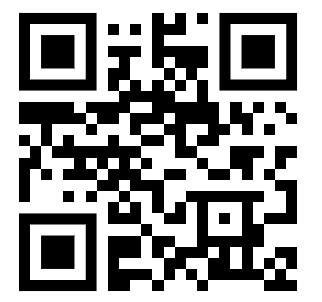Description of VietQR API Workflow
Description of VietQR Callback API Integration Workflow
Description of VietQR API Workflow
1. Steps to Generate a VietQR Payment Code:
Step 1: Obtain an Access Token
The customer (KH) needs to call VietQR’s Get Token API to authenticate and gain access. Once authentication is successful, VietQR returns a token, which acts as a key to access the API for generating a VietQR code.
🔗 [Refer to Get Token API]
Step 2: Generate a VietQR Payment Code
After obtaining the token, the customer uses it to call the VietQR payment code generation API.
🔗 [Refer to VietQR Code Generation API]
Step 3: Simulate Payment in a Test/Staging/Sandbox Environment
In the test environment, customers do not need to scan the QR code for actual payment. Instead, they can call the Test Callback API to simulate a successful payment transaction.
🔗 [Refer to Test Callback API]
📌 Note: After completing a payment, customers need a system to receive balance change notifications (BĐSD). Therefore, setting up a payment information reception system is required.
2. Setting Up a Payment Information/BĐSD Reception System
Step 1: Provide a Get Token API
The customer needs to implement their own Get Token API to authenticate and provide a token to VietQR. This token allows VietQR to access the customer’s system and send payment/BĐSD data.
🔗 [Refer to Get Token API]
Step 2: Develop an API to Receive Transaction Data
The customer needs to implement a Transaction Sync API to receive payment/BĐSD data from VietQR.
🔗 [Refer to Transaction Sync API]
📌 Summary:
The process includes generating a VietQR payment code, simulating payments (in a test environment), and setting up a payment/BĐSD data reception system to ensure transaction information is fully recorded.
📲 Scan the QR Code to join our open Zalo support group for assistance!

Last updated